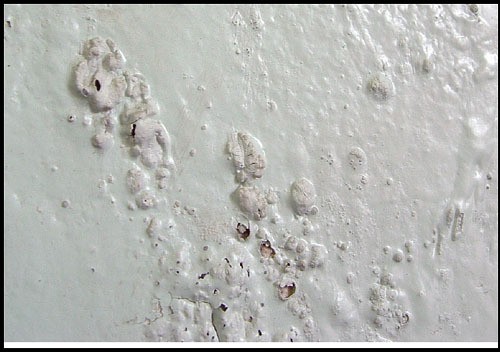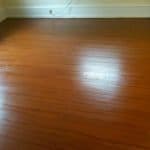Dealing with Paint Blistering Problems
Paint blisters are unsightly ‘bubbles’ that emerge on a painted surface. These ultimately result in flaking, and emerge because the paint layers trap an air bubble that grows and shows. These can show up in a freshly painted wall or even after one year. It is actually unpredictable, but you should be hiring the best professionals to minimize the chances of occurrence.
The underlying reasons
- The blister can be created when the paint job is not uniform or when a latex-based product is applied over an oil-based product (or vice versa). Stick to a uniform formula for the best results. In fact, when you are using the same shade from different manufacturing batches, mix the chemicals first for a uniform solution.
- Professional contractors employ different strategies to get rid of this issue.
- Oil-based paints have high VOCs, so these are not suitable either.
- Another main reason why these appear is because of painting on a wet wall, or because of rinsing the latex-painted wall immediately after it has dried from the first application.
- A damp environment is more conducive to the growth of these bubbles. It is advisable to use a dehumidifier (for indoors) if you encounter this issue. Also, make sure that the exterior wall has been painted with a strong water-resistant product. Otherwise, the seepage of moisture from the exterior to interior can cause the problem to recur.
- Painting on a dirty surface.
- Painting on a textured surface without smoothing it first.
The process
Start with an eye on the weather forecast. Painting during the rainy season should be avoided. The surface should be thoroughly clean and smoothened. Also, it should not be too sunny either. In a hot weather, the outermost layer of the paint dries seepage. On the other hand, the heat from the warm wall causes the solvent to vaporize.
This contradiction shows up as bubbles on the painted wall. Sometimes, the blister will appear as soon as you’ve painted the wall. The only thing to do here is to scrape the last layer and apply a fresh coat. The wall should be allowed sufficient drying time, and the surface should not have roughness, being prepared smoothly right in the preparation stage. Use a good primer to even out the roughness.
If you live in a damp area, the problem has a high chance of occurring. Like the dehumidifier mentioned above, you will need to employ some more precautionary steps. Consider installing exhaust fans in the room, and try to optimize the ventilation. If the ventilators are clogged by dirt, clear them. Blisters are like wounds on walls, so keep them healthy!





